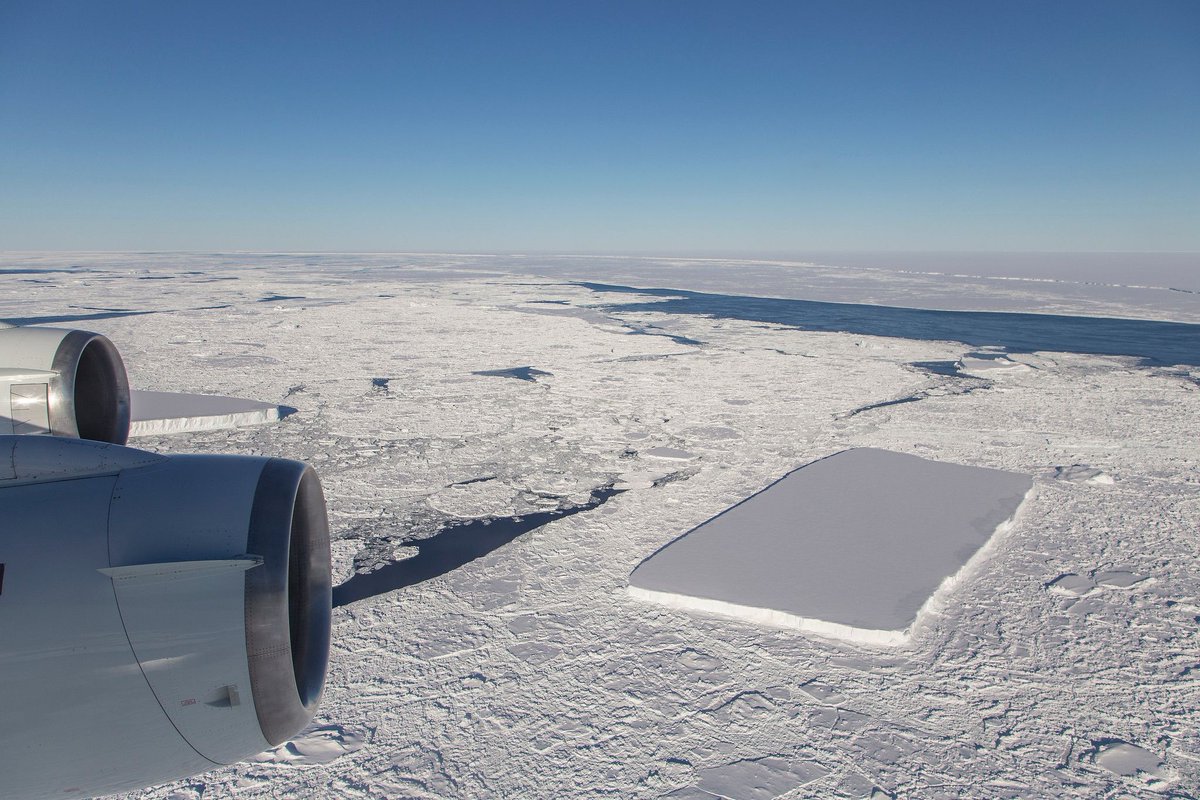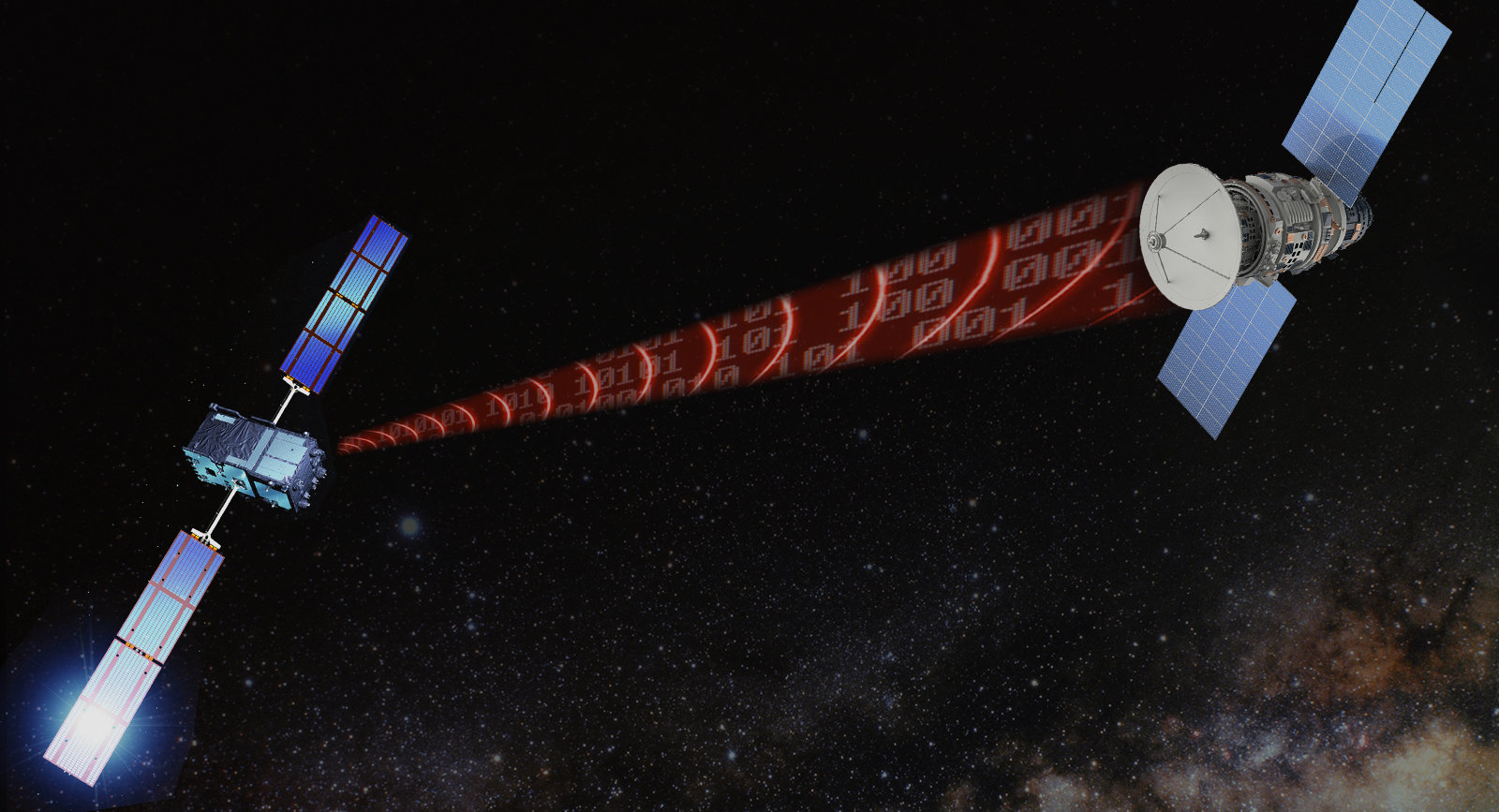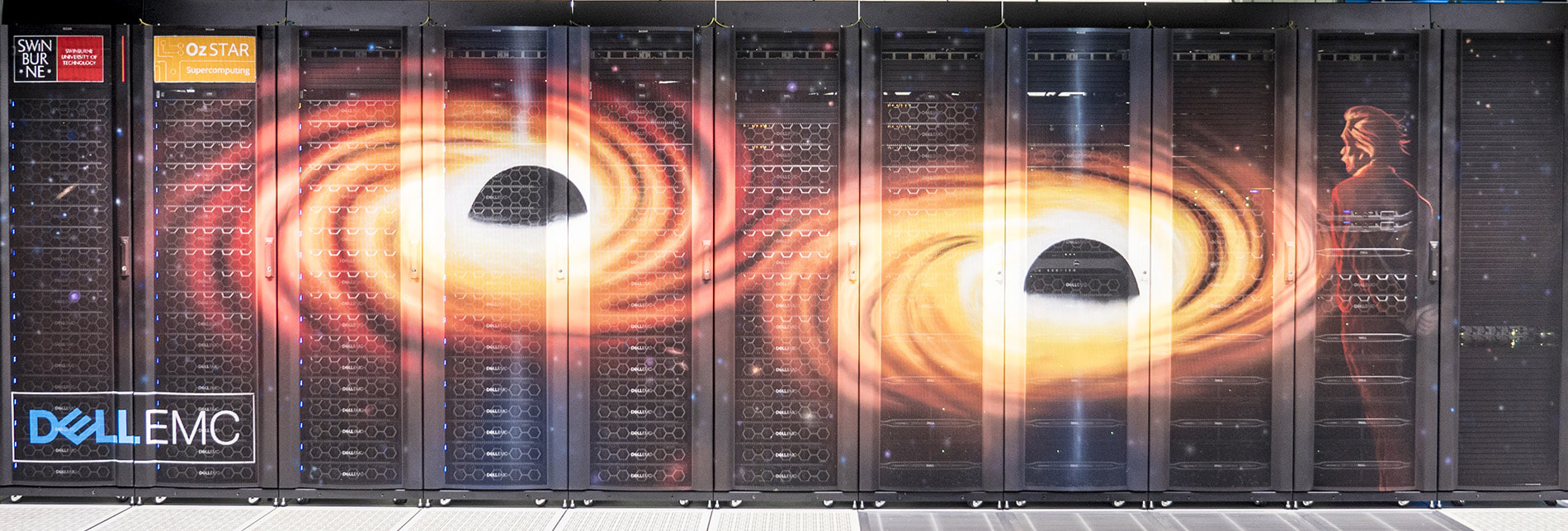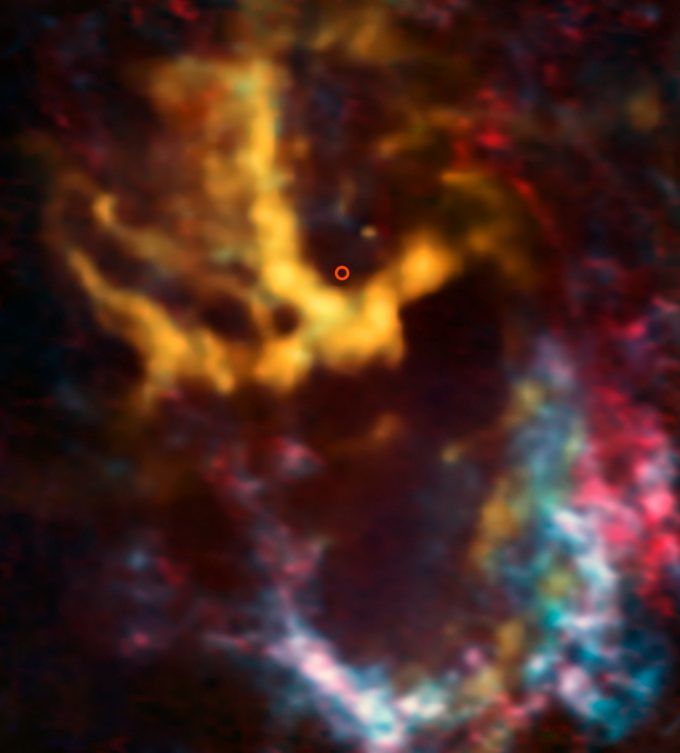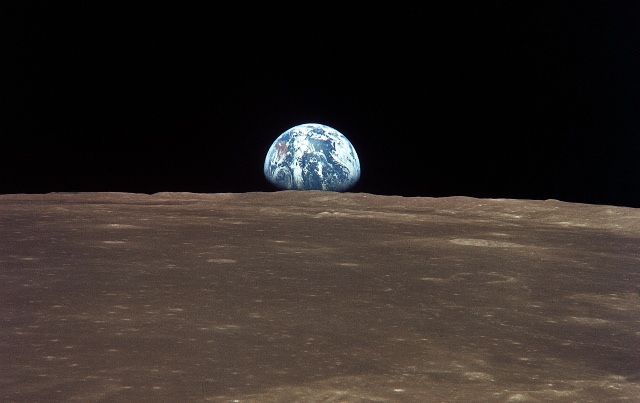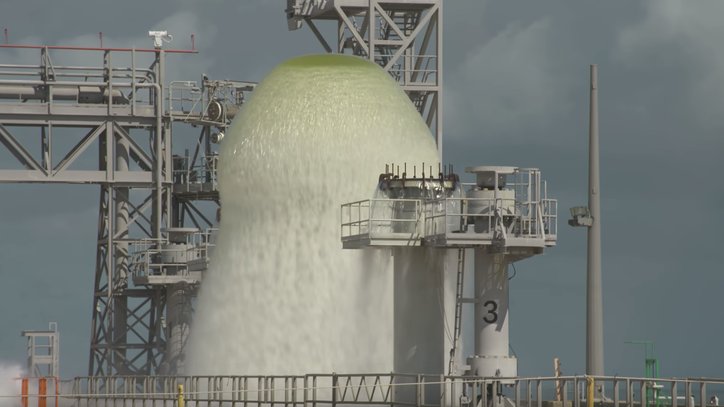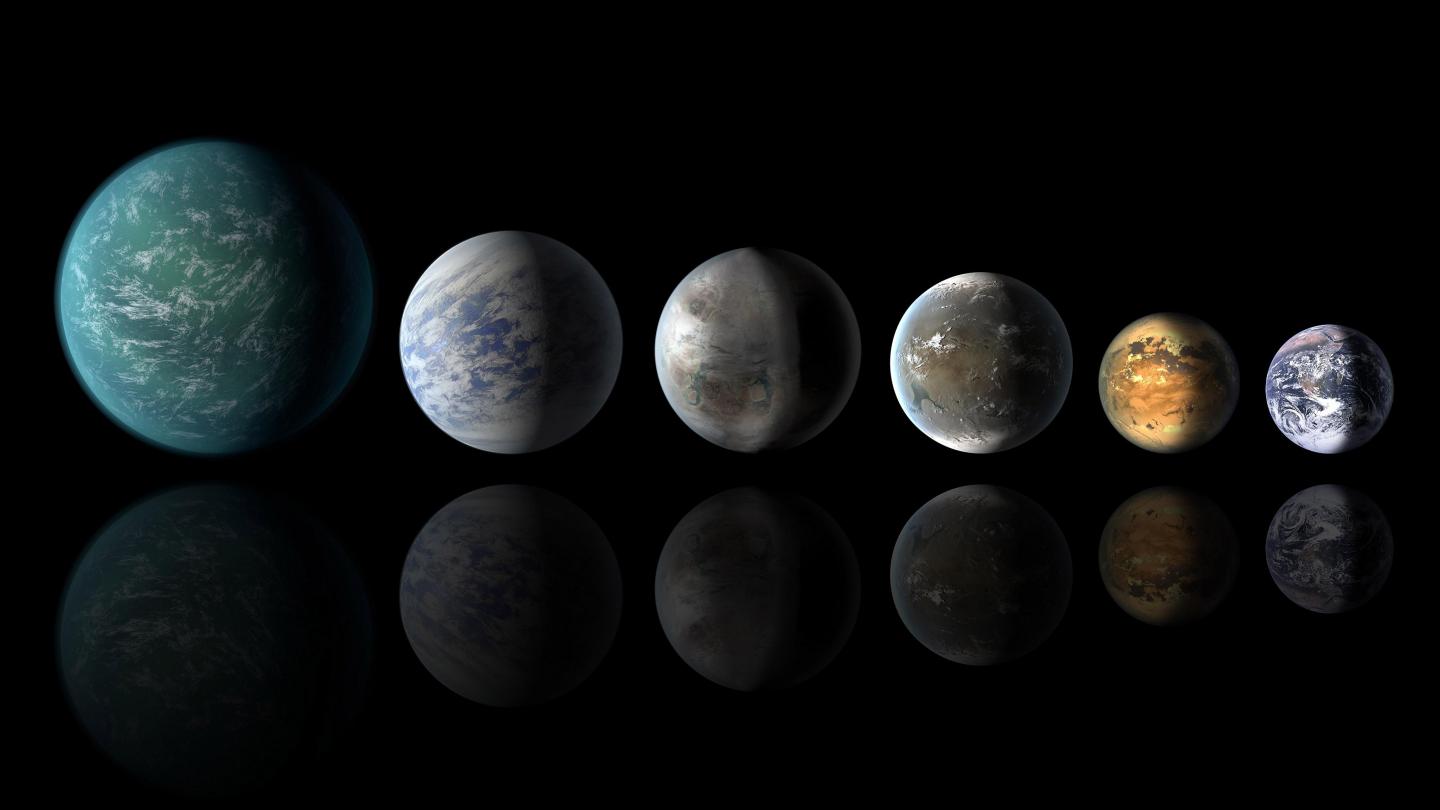Hosts:
Fraser Cain (universetoday.com / @fcain)
Dr. Paul M. Sutter (pmsutter.com / @PaulMattSutter)
Dr. Kimberly Cartier (KimberlyCartier.org / @AstroKimCartier )
Dr. Morgan Rehnberg (MorganRehnberg.com / @MorganRehnberg & ChartYourWorld.org)
Dr. Sabine Hossenfelder is a blogger and Theoretical Physicist who researches quantum gravity. She is a Research Fellow at the Frankfurt Institute for Advanced Studies where she leads the Analog Systems for Gravity Duals group.
Dr. Hossenfelder just finished writing her first book “”Lost in Math: How Beauty Leads Physics Astray”” which is available on Amazon: https://www.amazon.com/Lost-Math-Beauty-Physics-Astray/dp/0465094252
Announcements:
If you would like to join the Weekly Space Hangout Crew, visit their site here and sign up. They’re a great team who can help you join our online discussions!
If you’d like to join Dr. Paul Sutter and Dr. Pamela Gay on their Cosmic Stories in the SouthWest Tour in August 2019, you can find the information at astrotours.co/southwest.
We record the Weekly Space Hangout every Wednesday at 5:00 pm Pacific / 8:00 pm Eastern. You can watch us live on Universe Today, or the Weekly Space Hangout YouTube page – Please subscribe!

